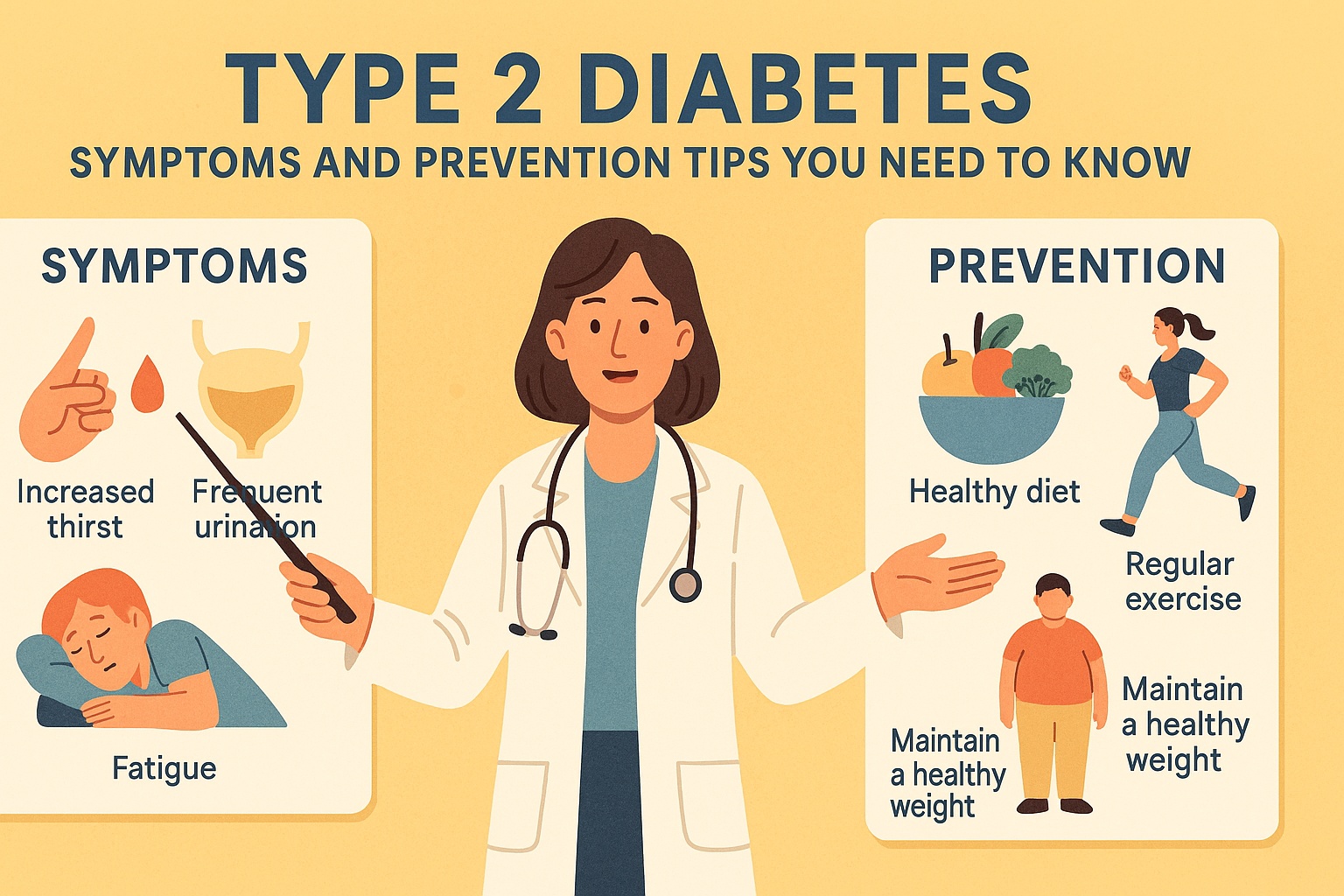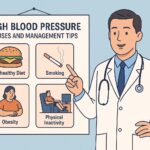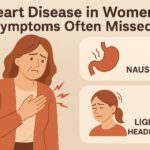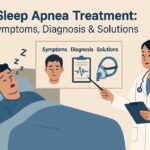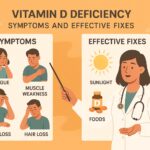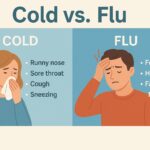What Are Type 2 Diabetes Symptoms?
Type 2 diabetes symptoms often develop gradually and may go unnoticed until serious health issues arise. That’s why understanding the early warning signs is crucial for timely intervention. With over 37 million Americans living with diabetes, awareness and prevention have never been more important.
Understanding Type 2 Diabetes
Type 2 diabetes is a chronic condition where the body becomes resistant to insulin or doesn’t produce enough of it. This leads to elevated blood sugar levels, which, if unmanaged, can damage blood vessels, nerves, and vital organs over time.
Unlike type 1 diabetes, which is autoimmune, type 2 is largely influenced by lifestyle and genetics. It typically affects adults over 45, but rising obesity rates have made it increasingly common in younger populations.
Common Type 2 Diabetes Symptoms
Recognizing symptoms early can lead to better outcomes and easier management. Here are the most frequent type 2 diabetes symptoms:
- Increased thirst and frequent urination — High blood sugar pulls fluid from tissues, making you thirsty and causing frequent urination.
- Fatigue — Without enough insulin, your body can’t properly use glucose for energy, leaving you feeling constantly tired.
- Blurred vision — Fluctuating sugar levels can distort the lenses in your eyes, affecting your sight.
- Slow-healing sores — High glucose impairs blood flow and immune response, making wounds heal slower.
- Unexplained weight loss — Despite eating normally, the body may start burning muscle and fat for energy.
- Numbness or tingling in hands and feet — Prolonged high blood sugar can damage nerves, causing diabetic neuropathy.
- Frequent infections — Yeast and urinary tract infections are more common due to elevated sugar levels.
Who Is Most at Risk?
Several factors increase your risk of developing type 2 diabetes. While some are genetic, others are lifestyle-related and modifiable:
- Being overweight or obese
- Age over 45
- Family history of diabetes
- High blood pressure or cholesterol levels
- Sedentary lifestyle
- History of gestational diabetes
- Polycystic ovary syndrome (PCOS)
How to Get Diagnosed
If you notice type 2 diabetes symptoms, schedule a medical check-up. Common tests include:
- Fasting blood glucose — Measures sugar levels after an overnight fast
- A1C test — Shows average blood sugar levels over the past 2–3 months
- Oral glucose tolerance test — Assesses the body’s response to sugar intake
Proven Ways to Prevent Type 2 Diabetes
The good news? Type 2 diabetes can often be delayed or even prevented. Here are effective, science-backed prevention strategies:
- Maintain a healthy weight — Losing just 5–7% of your body weight can make a significant difference.
- Be physically active — Aim for 150 minutes of moderate aerobic activity per week.
- Eat a balanced diet — Focus on whole grains, lean protein, fiber-rich vegetables, and healthy fats.
- Limit sugar and processed carbs — Reduce soda, white bread, and packaged snacks.
- Stay hydrated — Water helps maintain healthy blood sugar levels and supports metabolism.
- Manage stress — Chronic stress can raise blood sugar. Try breathing exercises, meditation, or yoga.
- Get enough sleep — Aim for 7–9 hours to help regulate insulin and hunger hormones.
Can Type 2 Diabetes Be Reversed?
While there’s no cure, many people with early-stage type 2 diabetes achieve remission through weight loss, dietary changes, and physical activity. Remission means blood sugar stays within a healthy range without medication for at least six months.
Programs focused on intensive lifestyle intervention — such as the Diabetes Prevention Program (DPP) — have helped thousands regain control over their health.
FAQs About Type 2 Diabetes Symptoms
- Can type 2 diabetes develop without symptoms?
Yes, it often progresses silently. Regular screenings are essential, especially if you’re at risk. - Are symptoms reversible with treatment?
Many symptoms improve once blood sugar is controlled through lifestyle changes and medication. - Is thirst always a sign of diabetes?
Not necessarily, but persistent unexplained thirst warrants a glucose test.
When to See a Doctor
If you experience any of the symptoms listed above — especially in combination — consult your healthcare provider. Early intervention can prevent complications like nerve damage, kidney failure, and vision loss.
Conclusion: Take Charge of Your Health Today
Knowing type 2 diabetes symptoms and how to prevent them can dramatically improve your long-term health. Small, consistent lifestyle changes today can help you avoid life-altering complications tomorrow. Don’t wait — take proactive steps and speak with a healthcare provider if you have concerns.
